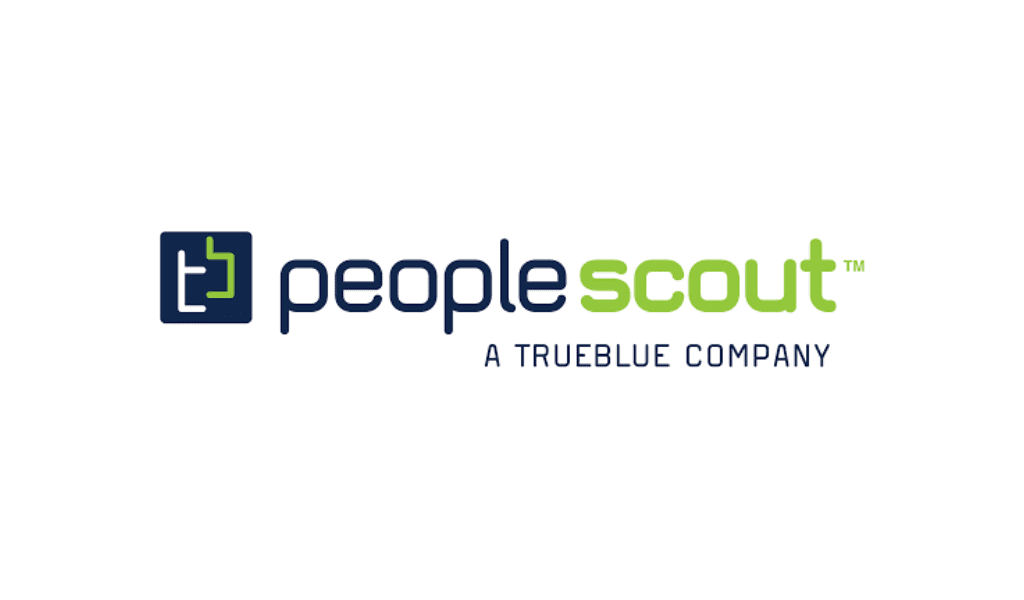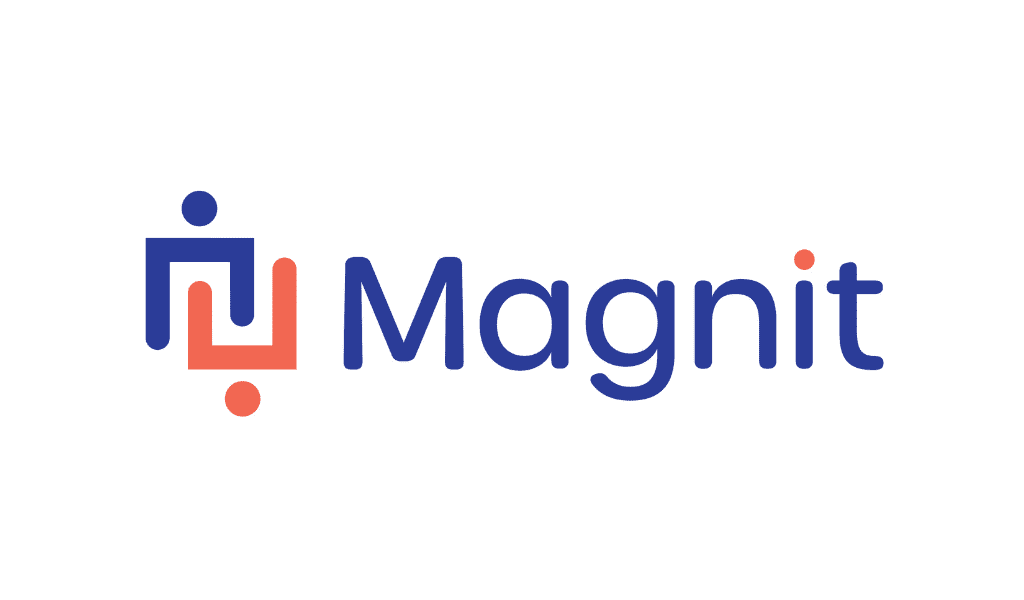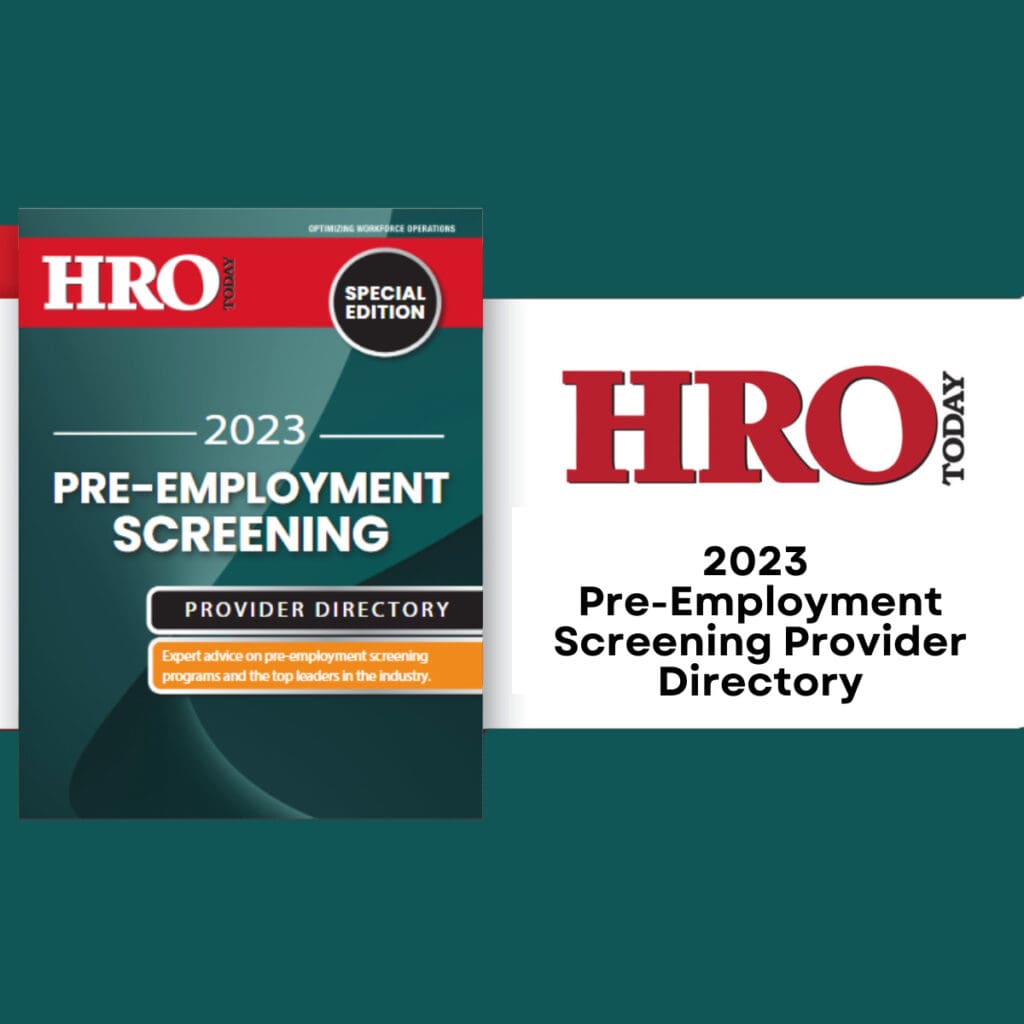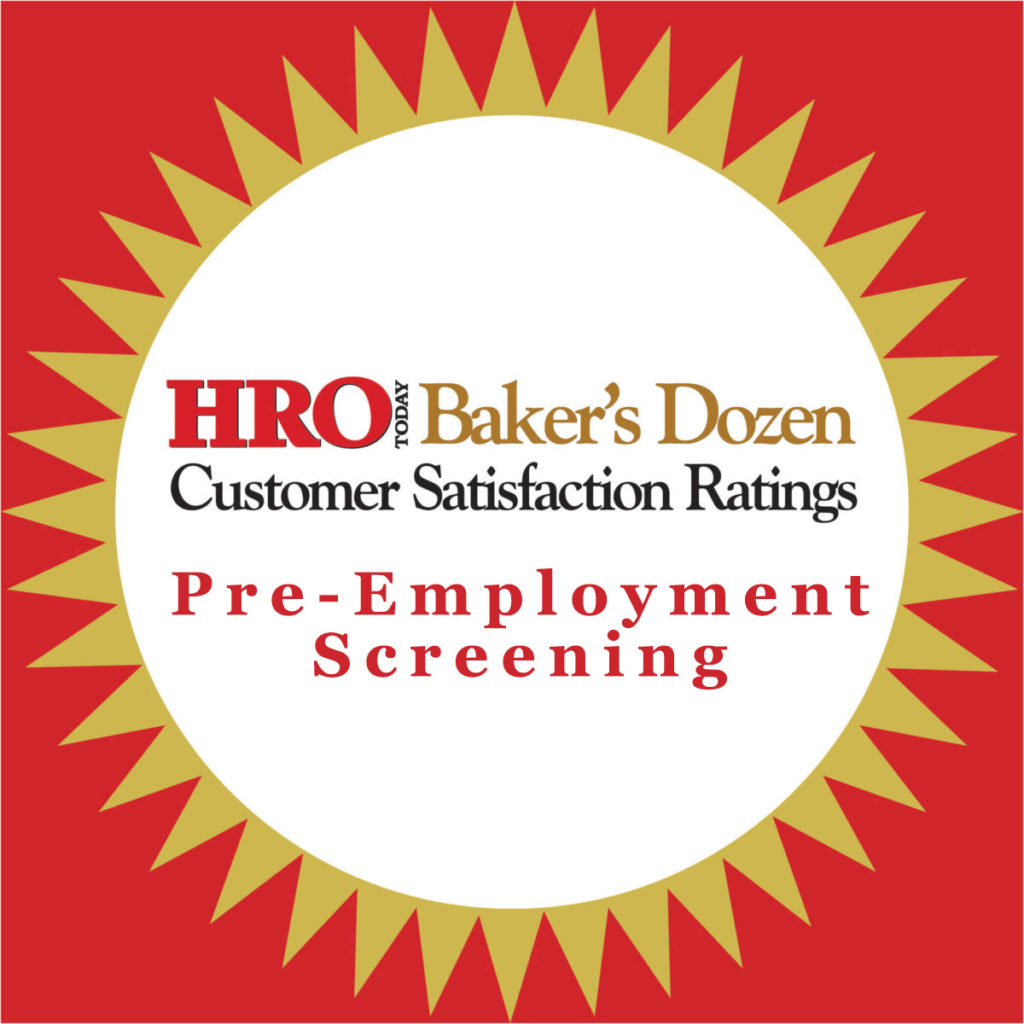COVID-19, the labor shortage, and the increase in remote workers are all shaping how organizations should screen candidates. Learn how here.
By Debbie Bolla
As HR and TA leaders continue to navigate the new world of work, there are several key background screening trends to follow in order to stay competitive. “The hiring environment has changed dramatically from pre-pandemic to today’s post-pandemic. Those changes have shined a spotlight on complexities in the background screening process impacting candidate churn and smart technology that improves candidate retention and time to talent,” says Brandon Phillips, founder and chief revenue officer of Global HR Research (GHRR). “An advanced screening program, enabled by modern technology, is the difference between winning the race for talent and can improve the time to talent (offer to start date) by seven to 10 days.”
Here, industry experts weigh in on what to watch for in the coming months.
TREND 1: Keeping screens timely and accurate.
The continuing challenges of COVID-19 and more job opportunities than people to fill them means time is of the essence. So, it’s imperative for organizations to order the selected screens early and supply accurate information. “Due to delays that increased during COVID in certain courts and verification agencies, giving yourself more time where possible will increase the likelihood of results returning when they are needed,” advises Alan Lasky, PsyD., SVP of sales for Universal Background Screening. “Always make sure you double-check for accuracy, of any data entered by you or the candidate, because it is crucial in the background screening process to have correct information.” This includes the spelling of the candidate’s full name, their social security number, and their date of birth.
Jim Owens, president and CEO of Cisive, agrees. “Accelerating time-to-hire has never been more important. The three areas to focus on when developing a policy for background screening are verification, consistency, and legal compliance,” he says. “In order to remain competitive, employers need to strike a balance between speed and quality throughout every part of the employee lifecycle.”
Technology can make a big difference here. Owens says integrated services are key to helping organizations streamline processes and maximize efficiencies. Technology can also empower candidates with mobile and self-service capabilities, adds Phillips. Today’s advanced solutions driven by technology allow for branded candidate portals that house automated electronic forms, on-demand tracking of the background checks, legal insights, and real-time dispute functions, all of which create a fluid and accurate process.
TREND 2: Building policies around testing for marijuana as it becomes legalized across the country.
As laws are passed making medical and recreational marijuana use legal, there are many ways to approach policies around testing for it. Special considerations should be made for companies that operate in multiple states and those with remote workers.
“As recreational marijuana laws with employment protections become more prevalent, employers could decide to forgo performing pre-employment marijuana testing altogether (unless required by law) or ensure that their pre-employment drug testing policy accounts for the variations between applicable jurisdictions,” explains Kirsten Corbell, director of marketing for InCheck. “If an employer chooses the latter, just keep in mind that there are a few jurisdictions employers will need to be particularly mindful of when analyzing pre-employment drug testing policy.”
Corbell provides a few recent examples:
- Philadelphia and New York City outright prohibit employers from conducting pre-employment marijuana testing, amid a few specific exceptions.
- New York, Nevada, and New Jersey have the strictest laws and guidance.
A one-size-fits-all approach does not fit at all here. There are several variables that can drive an organization’s strategy. “Some employers will elect to remove marijuana from pre-employment testing while ensuring a robust post-employment screening program (reasonable suspicion, post-accident, and potentially random testing),” says Owens. “Some will elect to remove marijuana testing for their non-safety or security-sensitive employees. Most employers will continue conducting drug screening as allowed by federal, state, and local laws.”
TREND 3: Establishing best practices for screening remote workers.
“The COVID-19 crisis was unprecedented, and many companies and HR leaders have had to quickly pivot to a new remote work model that requires companies to assess how they can bring remote employees into their company culture and get them up to speed so they can be productive as quickly as possible,” says Cisive’s Owens.
One way to improve hiring speed is through an electronic Form 1-9. Owens explains that the Form I-9 is a time-sensitive document that must be completed by the third business day of an employee’s hire date. Employers that use an electronic system capable of handling I-9s for remote hires can start the process as soon as the offer is accepted. This provides remote candidates with the ability to fill out the forms and sign off electronically as well.
Remote working environments allow organizations to open up their talent pools with less emphasis on where candidates live and more on what they can offer to the company. But it also poses more challenges for background screening. “In today’s remote work environment, more than one jurisdiction is likely to be implicated because employers are frequently hiring across state lines,” explains Corbell of InCheck. “In such scenarios, it is best practice to follow the most restrictive jurisdiction’s laws. As a result, employers must take the time to become familiar with numerous state and local laws.”
TREND 4: Implementing new technology to help improve the candidate experience.
Today’s talent has a bounty of options, so organizations need to take a candidate-driven approach during every step of the hiring process. Technology can assist in empowering candidates as well as help build a better experience. “Integrations with leading applicant tracking firms create a more seamless and electronic process to conduct candidate screening,” says Universal’s Lasky. “This has helped greatly during COVID, with the ability to follow social distancing, while hiring remote candidates who can electronically complete the forms to advance their background checks.”
GHRR’s Phillips says there are other tech improvements HR should keep their eye on.
- Deploying advanced technology when building a candidate center allows talent to view and manage their background check process in real-time.
- Mobile optimization allows for automating intelligent candidate forms that are supported by an industry-leading rules engine and can reduce time during the process. Advanced automation will also drive faster turnarounds in even the most complex and regulated geographies.
- Using artificial intelligence will help manage workflow processes and maintain compliance.














